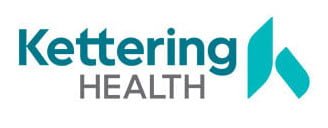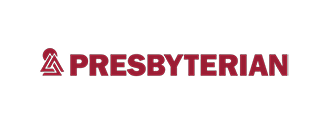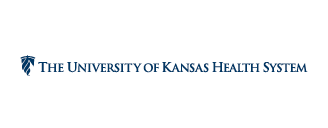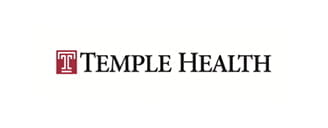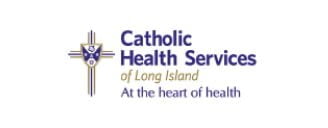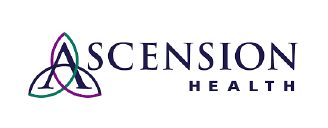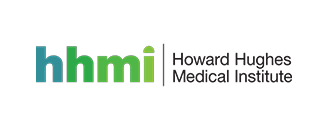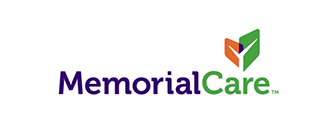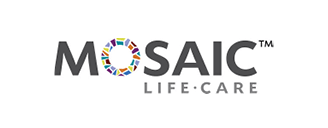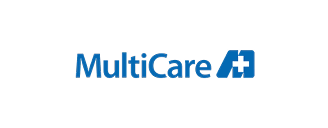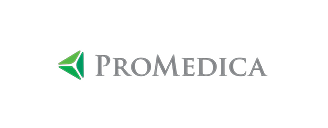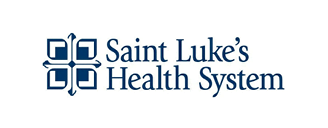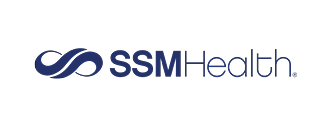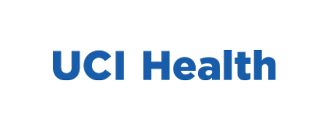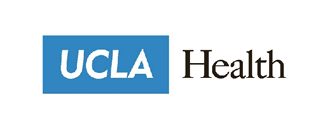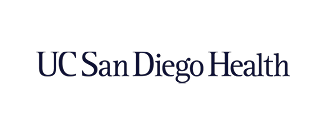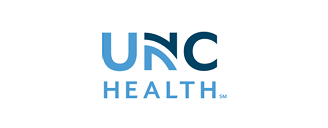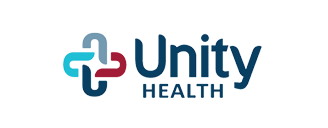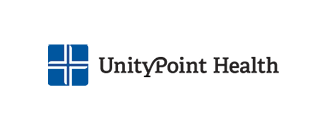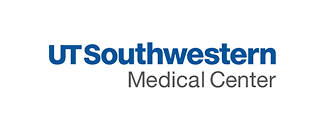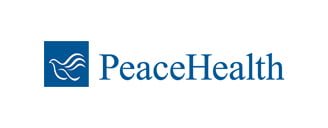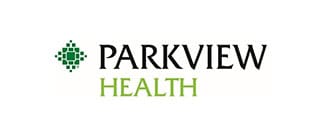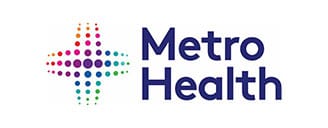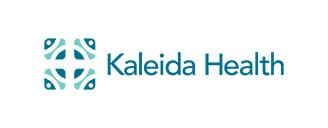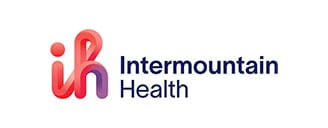Introduction
Non-acute supply chain programs are outdated. While acute care settings like hospitals have decades of digitalization and supply chain optimization under their belts, non-acute care is still reliant on the fax machine.
However, care is shifting more and more to non-acute and at-home settings. As healthcare shifts further from the hospital, there’s a growing demand for refined technology and logistics to facilitate the transition.
With the technology already in place in acute settings, translating it to non-acute care may seem like an easy task. While the opportunity is certainly there, it’s worth evaluating each of these technologies and processes carefully for the best fit.
In the following article, we discuss the growth of non-acute healthcare settings and the associated financial opportunities within them. Next, we explore how non-acute care can borrow from the lessons learned in acute settings to support a much-needed supply chain refresh.
The growth of non-acute healthcare
The pandemic redefined healthcare in myriad ways. One of those is where and how patients seek care. With hospitals exceeding bed capacity at the height of COVID-19 and often still doing so, patients are seeking alternative modes of healthcare beyond hospital walls.
Roughly half a decade later, healthcare delivery is increasingly more likely to take place outside of the traditional hospital setting. Ambulatory service centers, home health, outpatient clinics, and other types of non-acute care settings are attracting more patients every year. For example, ambulatory care is one of the fastest-growing segments of the healthcare industry.
Non-acute options like the above can be more convenient for patients and more cost-effective. Providers in non-acute settings also typically have more touch points with their patients, helping them manage treatment and outcomes more effectively.
These settings have also proven cost-effective for health systems. To illustrate:
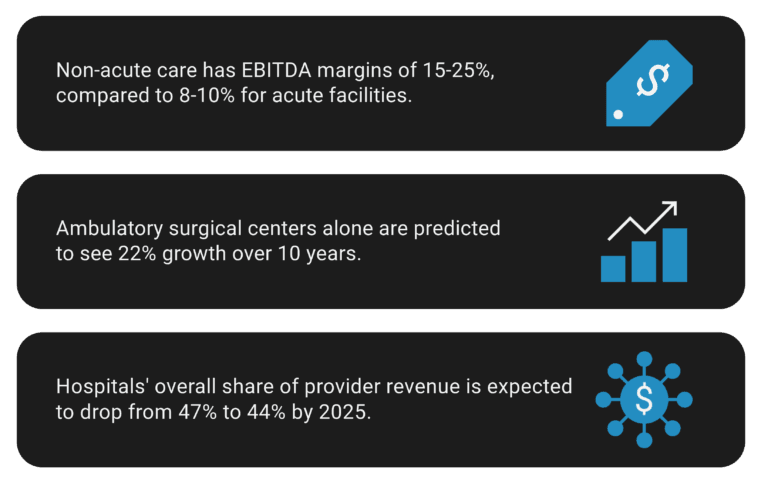
Optimizing non-acute supply chain operations
Non-acute care has steadily gained momentum, but that means it’s outgrowing its supply chain operations as well. In today’s landscape, non-acute providers are tethered to archaic systems, physical documents, and fax machines.
Acute care has had decades to refine and coordinate its supply chain processes. Conversely, non-acute settings are relatively new, highly fragmented, and complex. Non-acute care is often administered by multiple providers across multiple geographic areas and specialties.
While the non-acute care environment is unique, it can borrow from key best practices already established in acute care. Importantly, there is no one-size-fits-all solution. These practices must be adapted to best support the complexities of non-acute care.
The first of these best practices is standardization. In a highly fragmented and complex environment, standardization of suppliers, supplies, and ordering processes can help minimize costs, prevent duplicate ordering, and reduce supply stockpiling.
Next, visibility is key to uniting the fragmented non-acute care environment. Paper documentation only lets you see what’s right in front of you. With increased visibility via cloud-based supply chain solutions, non-acute care centers can track their shipments, support standardization, and identify cost-saving opportunities across their freight programs.
Lastly, data is the foundation of a modern non-acute supply chain strategy. Data is useless when it’s filed away in a cabinet. Instead, non-acute healthcare organizations must prioritize the transition to digital, cloud-based documentation with standardization and visibility in mind.
Conclusion
Non-acute care has proven its value before, during, and post-pandemic, earning its place as a staple in the healthcare continuum. To catch up with more traditional acute care systems, non-acute centers must modernize their supply chain processes.
This includes efforts towards digitalization, with a particular focus on promoting standardization across fragmented sites of care. In addition, data digitalization can unlock visibility into the supply chain to support standardization and promote cost savings.
About VPL
We modernize clinical supply chains to support healthier patients. Our technology-driven solutions and consultative customer experience empower health systems and outpatient pharmacies to build smarter, more resilient supply chains. With over 700 hospitals and a 97 percent customer retention rate, we’re trusted to deliver transparency, cost savings, and peace of mind.
